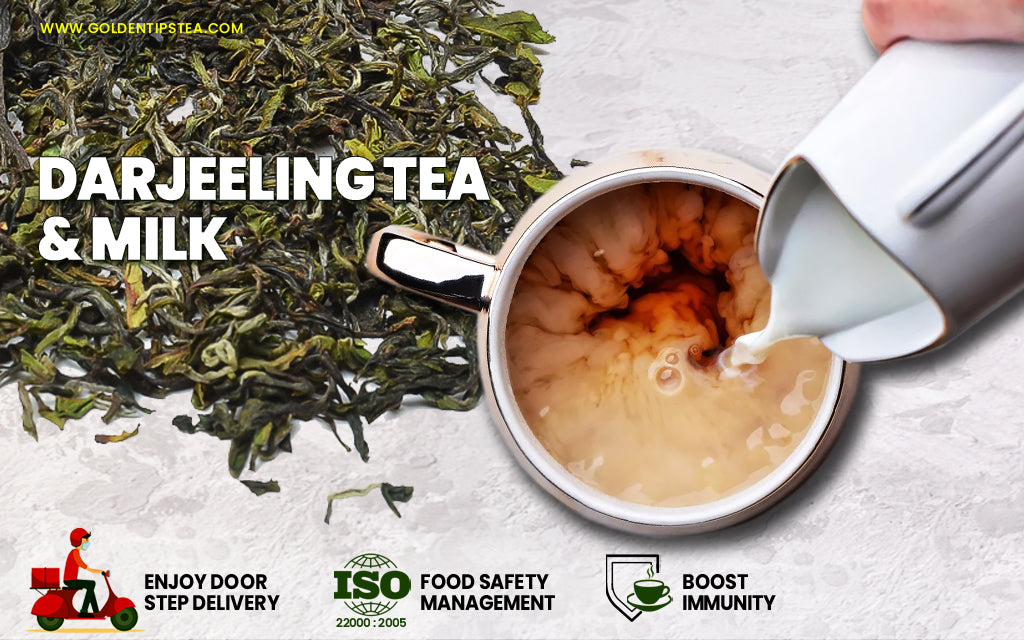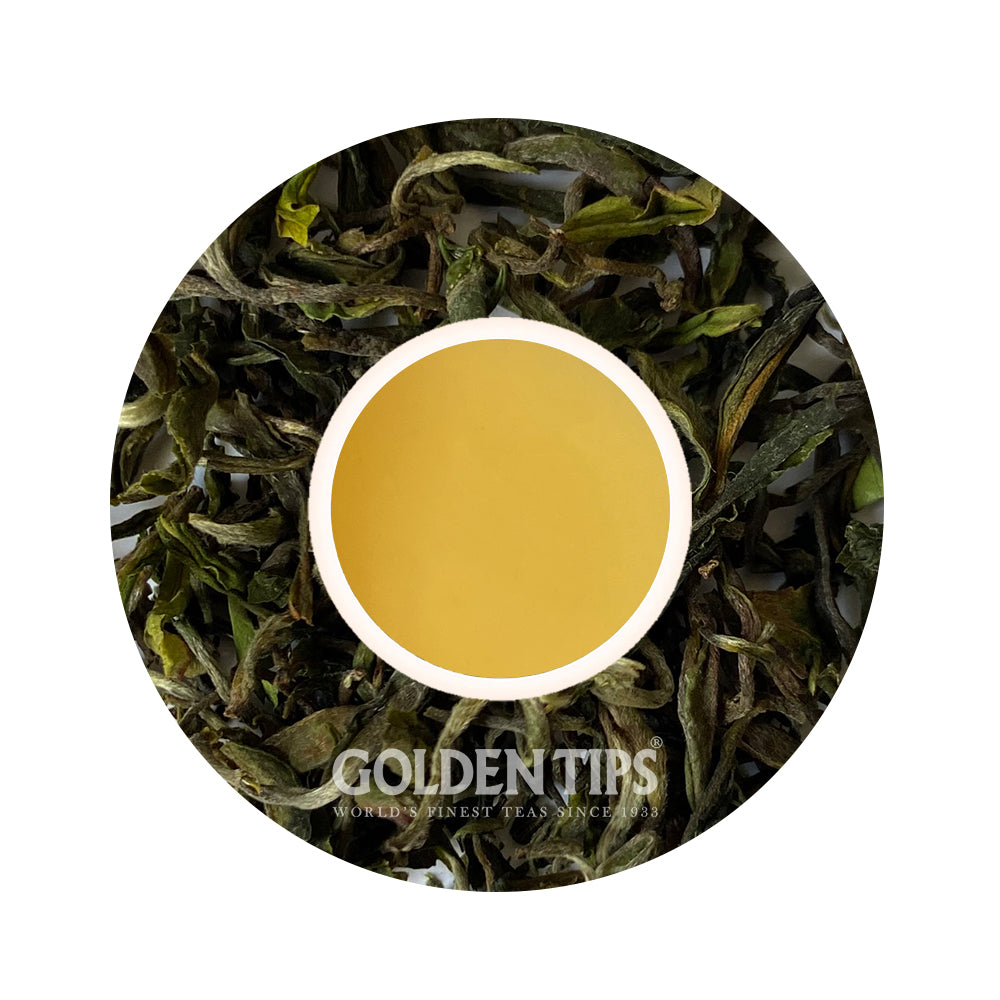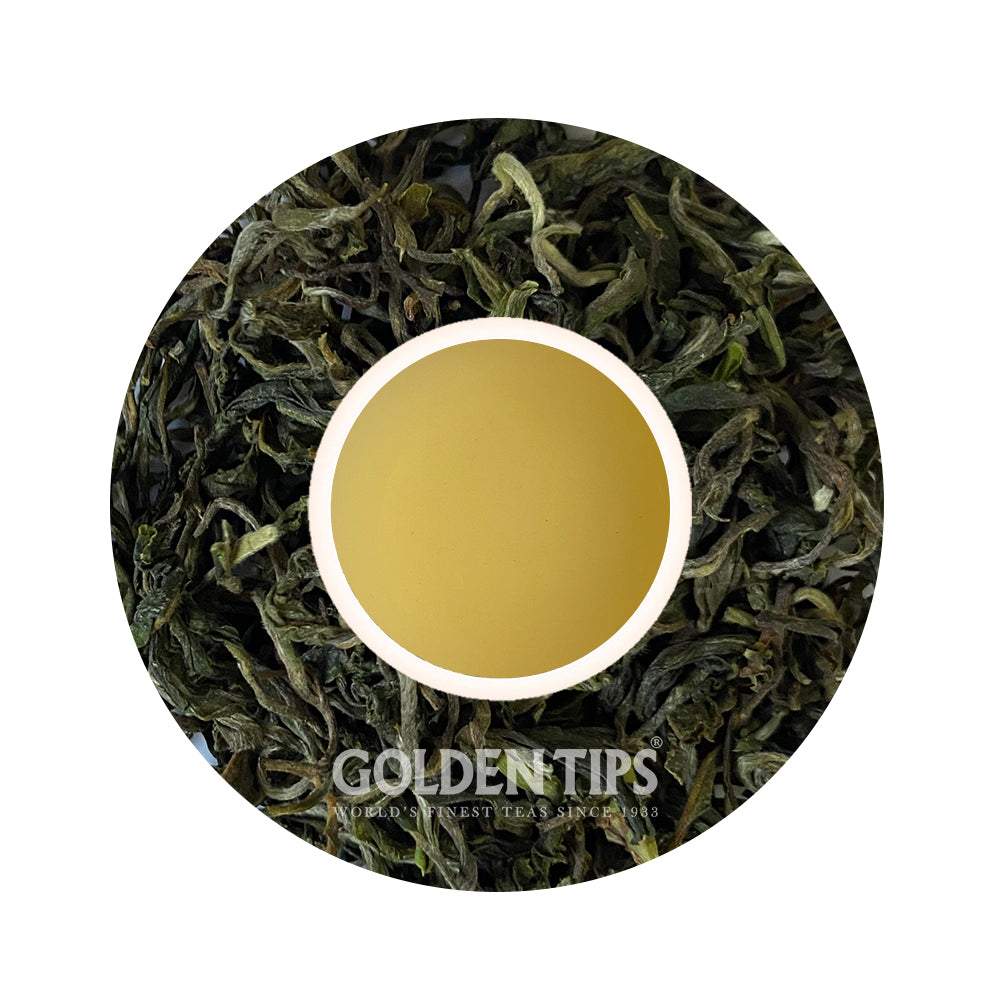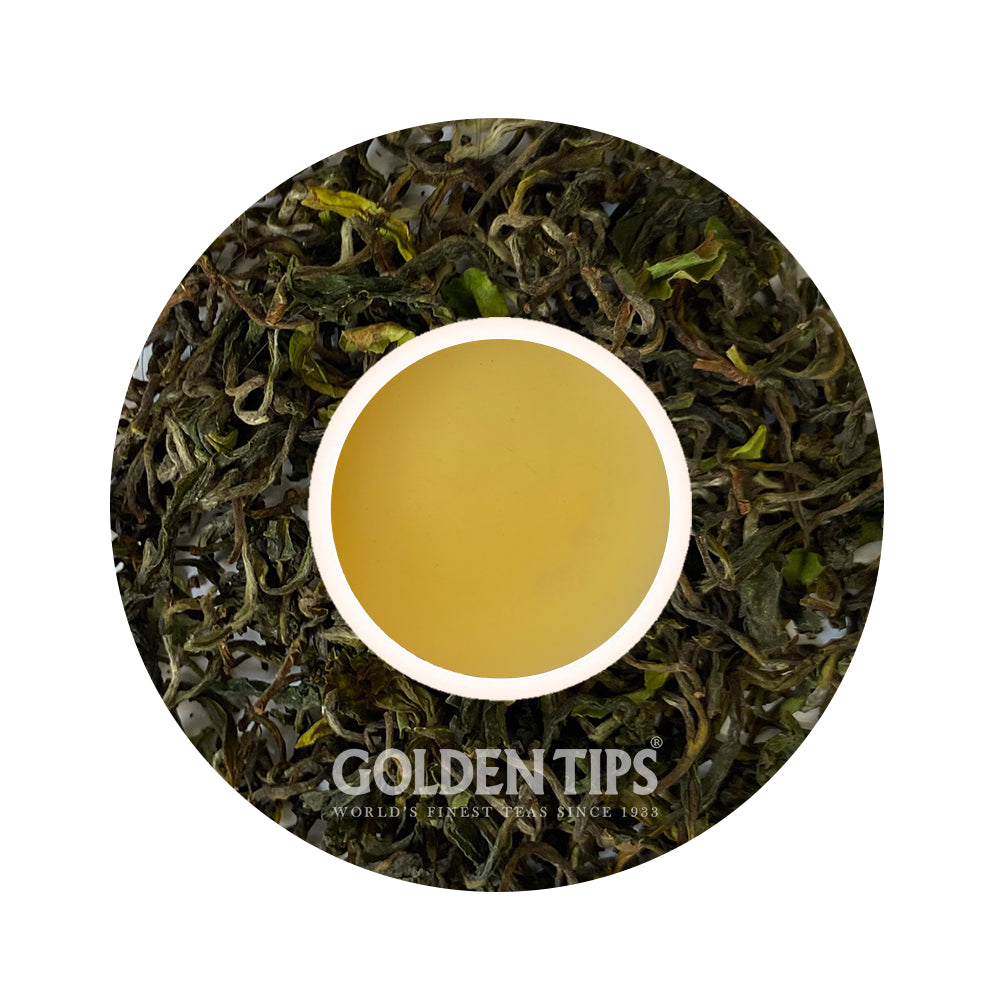
Best Darjeeling Teas With Milk
Darjeeling tea is among the most sought after teas by connoisseurs and avid tea-drinkers across the globe. It’s a tea that’s best enjoyed on its own without the addition of milk. Tea aficionados consider it sacrilegious to add milk to first flush varieties of Darjeeling tea due to its delicate flavour.
However, if you’re inclined to add milk to a cup of Darjeeling, be sure to pick one of the later flushes or monsoon flush varieties of the tea as they are more robust in flavour.
Should You Add Milk to Darjeeling Teas?
The Darjeeling first flush is distinguished by its delicate floral aroma and flavours. It has a light golden appearance, which is why it’s sometimes called the champagne of teas. Given its light and delicate character, the first flush should be enjoyed without milk. Some people add a bit of sugar to this tea, but it’s generally advised against.
Added ingredients can overpower the natural flavours and mute the distinct characteristics of this remarkable tea.
Darjeeling second flush, on the other hand, is bolder in flavour, and contains more tannins than the first flush. It gives it a more astringent flavour which can be reduced by adding a bit of milk. However, some people do appreciate the astringent characteristic of the second flush and advise against adding milk, given the tea’s prized nature.
Tea brewed from the Darjeeling Autumn flush and the Monsoon flush (produced between the Second and Autumn flushes) are considerably bolder and more flavorful than the first two flushes. These teas are much stronger and can be mixed with milk without considerably altering or muting their flavors.
Most tea lovers are more than happy to reduce the astringent character of these teas using milk without thinking twice.
Masala Chai and Other Milk Teas.
Masala chai is among the most widely consumed tea in the Indian subcontinent. It is a CTC tea that is brewed using milk and herbs and spices. CTC teas undergo a different kind of processing compared to Darjeeling teas. The leaves of these teas are passed through cylindrical rollers with hundreds of sharp teeth that crush, tear, and curl (or CTC as the name implies) the tea leaves into tiny hard pellets.
This processing leads to the creation of a black tea that is incredibly strong when brewed and can be mixed with milk. In fact, masala chai is brewed using a 1:3 ratio of milk and water. Herbs and spices such as ground ginger and cardamom pods are usually added during the brewing process. However, cinnamon, star anise, fennel seeds, peppercorns, nutmeg, cloves, vanilla, and other spices are also commonly used.
The best way of preparing Masala Chai is by boiling the mix of milk, water, and Golden Tips masala tea leaves. A few boils ensure that the flavour of the tea, as well as that of the spices, is fully extracted. And your perfect tea with milk is ready.
First Flush 2024 Teas
Another tea that’s commonly mixed with milk is English Breakfast Tea. This tea is a blend of black teas from the Assam region and closely resembles your typical Indian black tea. It has a full-bodied, robust flavour that is usually cut with milk and sugar and consumed with breakfast (as the name implies).
As you’ve probably noticed, it’s the bolder and robust black teas that are most acceptable to add milk and sugar, compared to the lighter and more delicate Darjeeling varieties. However, tea should be enjoyed however you like it. The best tea is the one you enjoy drinking. To learn more about different Darjeeling tea varieties and our all-time best seller, check out https://www.goldentipstea.in/collections/darjeeling
Related articles on Darjeeling Tea:



























